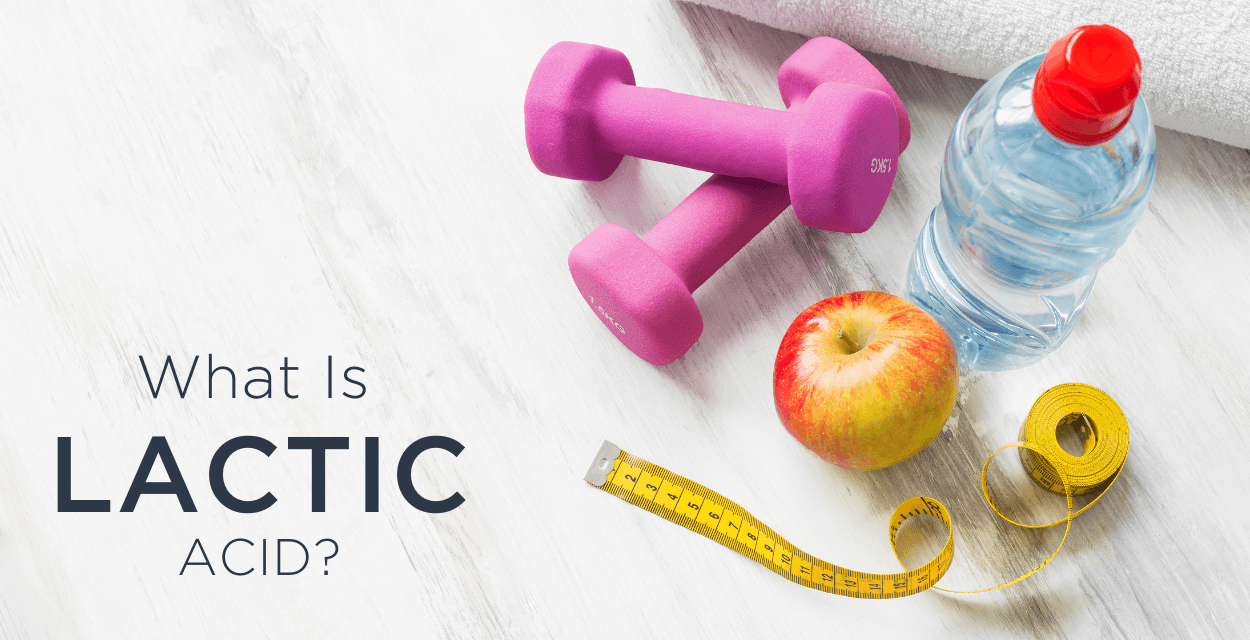HOW TO ICE YOUR INJURY
SHOP CRYOSLEEVEGET THE MOST OUT OF YOUR RECOVERY
YOUR GUIDE TO ICING YOUR INJURY FOR OPTIMAL RECOVERY
Regardless of where you’re injured, it is imperative to ice the area to help recovery. The complexities and mechanics of ice-on-injury therapy have intrigued doctors and nurses for years, with some even reporting they continue to develop new techniques to handle injuries and recovery.As technology improves, new treatment methods are available to help increase the effectiveness, and speed up recovery time. Special leg and arm sleeves and wraps are effective, but another method involves an ice ball which transfers ice directly to the injured area. While this sounds pretty straightforward, there are subtle nuances you need to pay close attention to when icing an injury.
HOW LONG SHOULD YOU ICE AN INJURY?
Once you notice an injury to your shoulder, elbow, knee, ankle, or any other part of your body, you will need to ice it as soon as you can. This helps speed up the recovery period, prevent further immediate injury, and reduce pain.
When it comes to icing, it is recommended to ice for about 20 minutes at a time to be most effective. Any longer than this could harm blood flow to the injured area.
HOW MANY DAYS SHOULD YOU ICE AN INJURY?
There is no simple answer for how long you need to continue to ice an injury. This will depend on the affected area and the severity of the injury.
For example, while injuries to the ankle, knee and hip joints are common, ligament injuries to the knee are particularly tricky to treat.
Icing injuries can be effective at decreasing swelling and reducing pain for up to 48 hours after the injury. This is an important step in the R.I.C.E. therapy method.
BENEFITS OF ICING YOUR INJURY -- WHAT DOES ICE DO FOR INJURIES?
Icing is an essential part of recovery, especially soon after the injury has occurred. In short, icing your injury can help the following issues:
- Reduce swelling
- Reduce inflammation
- Numb pain
- Increase bloood flow to injured area
- Shorten recovery time
CAN YOU OVER ICE AN INJURY?
Yes, you can! Icing restricts blood flow, which is why it numbs the pain, but over icing can cause damage to your skin and can actually cause the injury to get worse.
In fact, in some cases, over icing can lead to a host of additional issues, such as damage to the tissues due to frostbite.
This is why it is important to follow the recommendation of icing for 20 minutes at a time for no more than 48 hours. If the injury continues to get worse, you should consult your doctor to see if more intensive treatments are required.
ICE OR HEAT FOR AN INJURY: WHAT IS BETTER?
The debate over which is better for an injury, ice or heat, has been at the forefront for years. However, it is important to understand that icing and heating can help the recovery process.
The R.I.C.E. therapy method is successful because it uses both icing and heating to heal injuries.
- REST: Take a prolonged break from the activity that caused the injury and rest your knee.
- ICE: Use a cooling agent to ice the injured knee for at least 10 minutes three times a day.
- COMPRESSION: In addition to icing, it is important to use hot compression on the injured area. This will help reduce swelling and increase blood flow to the area after icing.
- ELEVATION: Elevate your injured knee above the level of your heart and ice the injury while doing so.
HOW LONG TO ICE AN INJURY BEFORE HEAT?
The key to effective recovery is partially dependent on how long to ice and heat. As mentioned before, 20 minutes is recommended for icing, but heat should be shorter, about 15 minutes.
For example, after an injury, ice for 20 minutes then switch to heating for 15 minutes, followed by a rest period. Then repeat this process over a 48 hour period.
REUSABLE ICE PACKS FOR INJURIES
If you are in a pinch, a pack of frozen peas can suffice, but there are reusable ice packs, like our Cryosleeve products for Knees and Elbows, that are used by professional athletes because of their effectiveness.
When coupled with our Thermosleeve products, you are able to get all the benefits of both reusable ice packs and heat packs at a professional grade level.
RECOVER WITH RECOUP FITNESS MUSCLE RECOVERY PRODUCTS
Recovering from an injury is exhausting... visits to your physiotherapist, ice wraps, heat pads and wasting countless money on different braces. Recoup Fitness is here to help you take back your day and conquer your muscle pain. Stay connected to your active lifestyle. It's time to conquer your pain and get the most out of your recovery with Recoup.
Our line of muscle & joint injury products are specifically designed to provide professional level treatment, without the professional price tag.
Check out our entire line of muscle recovery products to determine what is right for you and get started on the road to recovery today.
Lactic Acid: What It Is, How To Get Rid Of Lactic Acid
Lactic acid (lactic acidosis) is a byproduct of glucose and various other carbohydrates in cells, especially in muscle cells. Lactic acid buildup causes pain, muscle fatigue, and delayed onset muscle soreness during high-intensity exercise because it binds to proteins and impairs their function.
How to Speed up Muscle Recovery After Biking
After all, if you don't take the necessary steps to speed up muscle recovery, you will increase the risk of burnout and injuries. And this will limit your participation in your next competition or workout session. And an injury can rule you out of lots of competitions or work out sessions for a very long time. So here are a few effective tips for speeding up the muscle recovery process after biking
The Truth About Inflammation And Injury Recovery
For many years, inflammation has always been regarded as detrimental and a cause for concern. Inflammation leads to pain or swelling, which we naturally associate as undesirable conditions. To ascertain whether inflammation is good or bad, we have to understand the different types of inflammation and why it happens.
Is Icing Your Arm Good For Pitchers
If you’ve ever been to a baseball game, from Little League to the Big Leagues, you’ve probably seen the pitcher icing their elbow and/or shoulder after they pitch. Baseball has changed a lot in the advancement of data and sports science, so the question becomes ‘how beneficial is it to ice after you pitch’?




